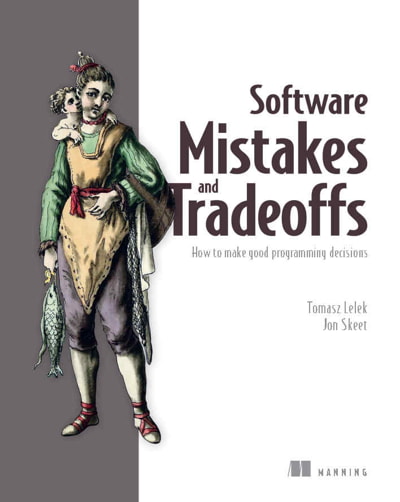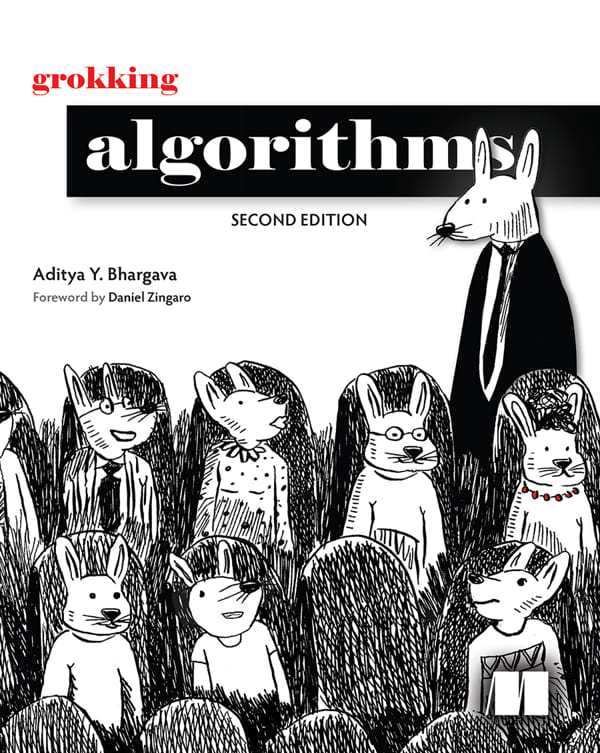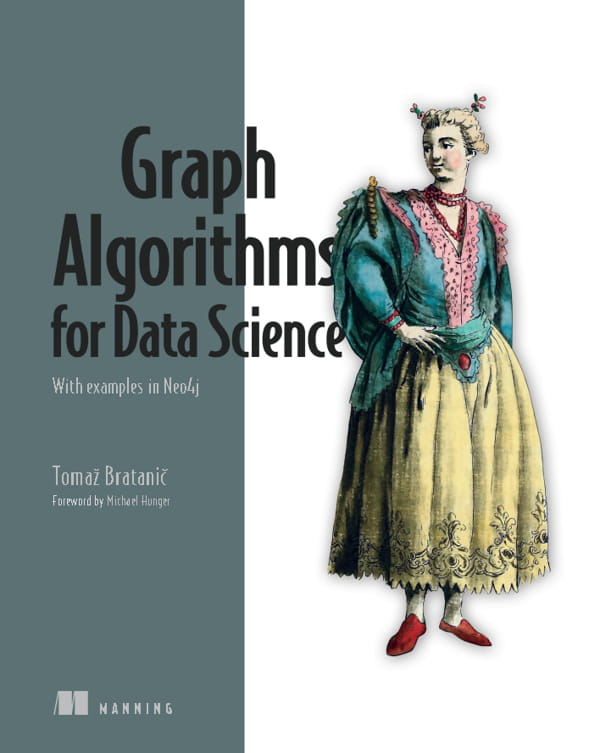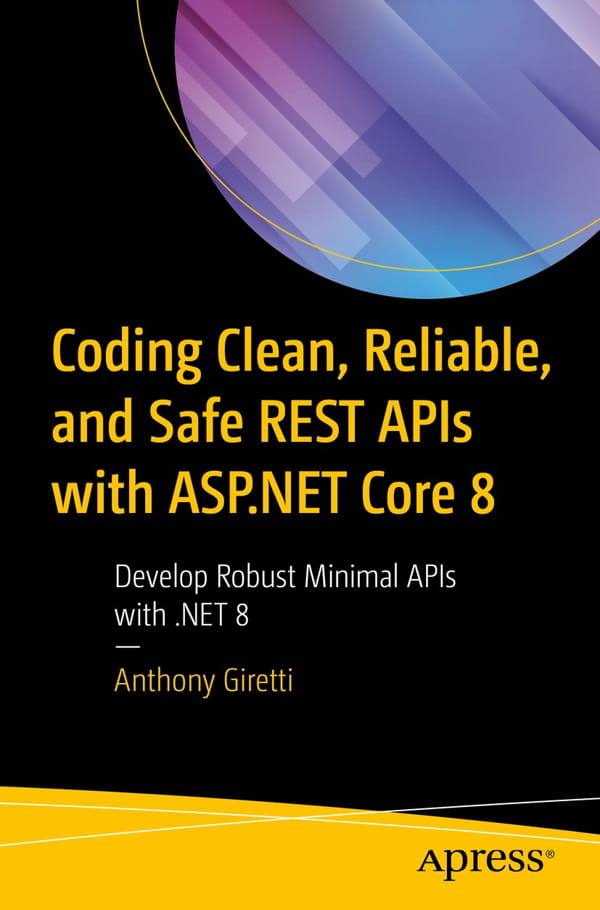کارایی کد در برابر سادگی؛ سرعت تحویل در برابر تکرار؛ انعطاف پذیری در برابر قابلیت نگهداری. هر تصمیمی که در مهندسی نرمافزار میگیرید، مستلزم سبک و سنگین کردن است. در کتاب Software Mistakes and Tradeoffs (اشتباهات نرم افزاری و سبک و سنگین کردن ها)، از اشتباهات پرهزینه ای که توماس للک و جان اسکیت در طول مشاغل حرفه ایشان با آنها مواجه شده اند، یاد خواهید گرفت. هر گامی در یک پروژه نرم افزاری مستلزم سبک و سنگین کردن است. وقتی سرعت، امنیت، هزینه، زمان تحویل، قابلیتها و موارد دیگر را سبک و سنگین میکنید، انتخابهای معقول طراحی ممکن است در هنگام عملیاتی شدن مشکلساز باشند. شما سناریوهای دنیای واقعی را بررسی خواهید کرد که در آن درک ضعیفی از سبک و سنگین کردنها منجر به مشکلات بزرگی میشود، بنابراین میتوانید با رویکردی متفکرانهتر در تصمیم گیری، از اشتباهات خود جلوگیری کنید.
بیاموزید که چگونه تکرار کد بر جفت شدگی (coupling) و سرعت تکامل سیستمهای شما تأثیر میگذارند و چگونه نیازمندیهای ساده میتوانند تفاوتهای ظریف پنهانی با توجه به اطلاعات تاریخ و زمان داشته باشند. کشف کنید که چگونه به طور موثری دامنه بهینه سازی خود را طبق اصول پارتو 80/20 محدود کنید و از ثبات در سیستمهای توزیع شده خود اطمینان حاصل کنید. شما خیلی زود دانشی کسب خواهید کرد که فقط از سالها تجربه ناشی میشود.
مطالبی که در کتاب Software Mistakes and Tradeoffs: How to make good programming decisions، یاد خواهید گرفت:
- درک سیستم هایتان برای گرفتن تصمیمات طراحی شهودی و بهتر
- درک عواقب و نحوهی سبک و سنگین کردن
- انتخاب صحیح کتابخانه برای مشکلاتتان
- تحلیل کامل وابستگیهای تمامی سرویس هایتان
- درک مفاهیم تحویل و نحوهی تاثیر گذاری آنها بر معماری توزیع شده
- طراحی و اجرای تستهای کارایی به منظور تشخیص مسیرهای داغ کد و اعتبارسنجی SLA سیستم
- تشخیص و بهینه سازی مسیرهای داغ در کد هایتان برای تمرکز تلاشهای بهینه سازی روی علل ریشه ای
- تصمیم گیری در مورد یک مدل داده مناسب برای مدیریت تاریخ/زمان برای جلوگیری از اشتباهات رایج (اما ظریف)
- فکر کردن در مورد سازگاری و نسخه سازی برای جلوگیری از به وجود آمدن مشکلات غیر منتظره برای مشتریان API ها
- درک جفت شدگی سفت و سست و چگونگی تأثیر آن بر هماهنگی کار بین تیم ها
- روشن کردن نیازمندیها تا زمانی که آنها دقیق و به راحتی قابل پیاده سازی و آزمایش شوند
- بهینه سازی API هایتان برای تجربه کاربری کاربر پسند
درباره خوانندگان کتاب
این کتاب، برای توسعه دهندگان و معماران سطح متوسط و ارشد که در مورد طراحی و پیاده سازی نرم افزار تصمیم میگیرند مناسب است.
درباره نویسندگان کتاب
Tomasz Lelek روزانه با طیف گسترده ای از سرویسهای عملیاتی، معماریها و زبانهای JVM کار میکند. Jon Skeet مهندس گوگل و نویسنده کتاب C# in Depth، نیز به خاطر مشارکتهای کاربردی فراوانش در Stack Overflow مشهور است.
Table of Contents:
- 1 Introduction
- 1.1 Consequences of every decision and pattern
- 1.1.1 Unit testing decisions
- 1.1.2 Proportions of unit and integration tests
- 1.2 Code design patterns and why they do not always work
- 1.2.1 Measuring our code
- 1.3 Architecture design patterns and why they do not always work
- 1.3.1 Scalability and elasticity
- 1.3.2 Development speed
- 1.3.3 Complexity of microservices
- Summary
- 2 Code duplication is not always bad: Code duplication vs. flexibility
- 2.1 Common code between codebases and duplication
- 2.1.1 Adding a new business requirement that requires code duplication
- 2.1.2 Implementing the new business requirement
- 2.1.3 Evaluating the result
- 2.2 Libraries and sharing code between codebases
- 2.2.1 Evaluating the tradeoffs and disadvantages of shared libraries
- 2.2.2 Creating a shared library
- 2.3 Code extraction to a separate microservice
- 2.3.1 Looking at the tradeoffs and disadvantages of a separate service
- 2.3.2 Conclusions about separate service
- 2.4 Improving loose coupling by code duplication
- 2.5 An API design with inheritance to reduce duplication
- 2.5.1 Extracting a base request handler
- 2.5.2 Looking at inheritance and tight coupling
- 2.5.3 Looking at the tradeoffs between inheritance and composition
- 2.5.4 Looking at inherent and incidental duplication
- Summary
- 3 Exceptions vs. other patterns of handling errors in your code
- 3.1 Hierarchy of exceptions
- 3.1.1 Catch-all vs. a more granular approach to handling errors
- 3.2 Best patterns to handle exceptions in the code that you own
- 3.2.1 Handling checked exceptions in a public API
- 3.2.2 Handling unchecked exceptions in a public API
- 3.3 Anti-patterns in exception handling
- 3.3.1 Closing resources in case of an error
- 3.3.2 Anti-pattern of using exceptions to control application flow
- 3.4 Exceptions from third-party libraries
- 3.5 Exceptions in multithread environments
- 3.5.1 Exceptions in an async workflow with a promise API
- 3.6 Functional approach to handling errors with Try
- 3.6.1 Using Try in production code
- 3.6.2 Mixing Try with code that throws an exception
- 3.7 Performance comparison of exception-handling code
- Summary
- 4 Balancing flexibility and complexity
- 4.1 A robust but not extensible API
- 4.1.1 Designing a new component
- 4.1.2 Starting with the most straightforward code
- 4.2 Allowing clients to provide their own metrics framework
- 4.3 Providing extensibility of your APIs via hooks
- 4.3.1 Guarding against unpredictable usage of the hooks API
- 4.3.2 Performance impact of the hook API
- 4.4 Providing extensibility of your APIs via listeners
- 4.4.1 Using listeners vs. hooks
- 4.4.2 Immutability of our design
- 4.5 Flexibility analysis of an API vs. the cost of maintenance
- Summary
- 5 Premature optimization vs. optimizing the hot path: Decisions that impact code performance
- 5.1 When premature optimization is evil
- 5.1.1 Creating accounts processing pipeline
- 5.1.2 Optimizing processing based on false assumptions
- 5.1.3 Benchmarking performance optimization
- 5.2 Hot paths in your code
- 5.2.1 Understanding the Pareto principle in the context of software systems
- 5.2.2 Configuring the number of concurrent users (threads) for a given SLA
- 5.3 A word service with a potential hot path
- 5.3.1 Getting the word of the day
- 5.3.2 Validating if the word exists
- 5.3.3 Exposing the WordsService using HTTP service
- 5.4 Hot path detection in your code
- 5.4.1 Creating API performance tests using Gatling
- 5.4.2 Measuring code paths using MetricRegistry
- 5.5 Improvements for hot path performance
- 5.5.1 Creating JMH microbenchmark for the existing solution
- 5.5.2 Optimizing word exists using a cache
- 5.5.3 Modifying performance tests to have more input words
- Summary
- 6 Simplicity vs. cost of maintenance for your API
- 6.1 A base library used by other tools
- 6.1.1 Creating a cloud service client
- 6.1.2 Exploring authentication strategies
- 6.1.3 Understanding the configuration mechanism
- 6.2 Directly exposing settings of a dependent library
- 6.2.1 Configuring the batch tool
- 6.3 A tool that is abstracting settings of a dependent library
- 6.3.1 Configuring the streaming tool
- 6.4 Adding new setting for the cloud client library
- 6.4.1 Adding a new setting to the batch tool
- 6.4.2 Adding a new setting to the streaming tool
- 6.4.3 Comparing both solutions for UX friendliness and maintainability
- 6.5 Deprecating/removing a setting in the cloud client library
- 6.5.1 Removing a setting from the batch tool
- 6.5.2 Removing a setting from the streaming tool
- 6.5.3 Comparing both solutions for UX friendliness and maintainability
- Summary
- 7 Working effectively with date and time data
- 7.1 Concepts in date and time information
- 7.1.1 Machine time: Instants, epochs, and durations
- 7.1.2 Civil time: Calendar systems, dates, times, and periods
- 7.1.3 Time zones, UTC, and offsets from UTC
- 7.1.4 Date and time concepts that hurt my head
- 7.2 Preparing to work with date and time information
- 7.2.1 Limiting your scope
- 7.2.2 Clarifying date and time requirements
- 7.2.3 Using the right libraries or packages
- 7.3 Implementing date and time code
- 7.3.1 Applying concepts consistently
- 7.3.2 Improving testability by avoiding defaults
- 7.3.3 Representing date and time values in text
- 7.3.4 Explaining code with comments
- 7.4 Corner cases to specify and test
- 7.4.1 Calendar arithmetic
- 7.4.2 Time zone transitions at midnight
- 7.4.3 Handling ambiguous or skipped times
- 7.4.4 Working with evolving time zone data
- Summary
- 8 Leveraging data locality and memory of your machines
- 8.1 What is data locality?
- 8.1.1 Moving computations to data
- 8.1.2 Scaling processing using data locality
- 8.2 Data partitioning and splitting data
- 8.2.1 Offline big data partitioning
- 8.2.2 Partitioning vs. sharding
- 8.2.3 Partitioning algorithms
- 8.3 Join big data sets from multiple partitions
- 8.3.1 Joining data within the same physical machine
- 8.3.2 Joining that requires data movement
- 8.3.3 Optimizing join leveraging broadcasting
- 8.4 Data processing: Memory vs. disk
- 8.4.1 Using disk-based processing
- 8.4.2 Why do we need MapReduce?
- 8.4.3 Calculating access times
- 8.4.4 RAM-based processing
- 8.5 Implement joins using Apache Spark
- 8.5.1 Implementing a join without broadcast
- 8.5.2 Implementing a join with broadcast
- Summary
- 9 Third-party libraries: Libraries you use become your code
- 9.1 Importing a library and taking full responsibility for its settings: Beware of the defaults
- 9.2 Concurrency models and scalability
- 9.2.1 Using async and sync APIs
- 9.2.2 Distributed scalability
- 9.3 Testability
- 9.3.1 Testing library
- 9.3.2 Testing with fakes (test double) and mocks
- 9.3.3 Integration testing toolkit
- 9.4 Dependencies of third-party libraries
- 9.4.1 Avoiding version conflicts
- 9.4.2 Too many dependencies
- 9.5 Choosing and maintaining third-party dependencies
- 9.5.1 First impressions
- 9.5.2 Different approaches to reusing code
- 9.5.3 Vendor lock-in
- 9.5.4 Licensing
- 9.5.5 Libraries vs. frameworks
- 9.5.6 Security and updates
- 9.5.7 Decision checklist
- Summary
- 10 Consistency and atomicity in distributed systems
- 10.1 At-least-once delivery of data sources
- 10.1.1 Traffic between one-node services
- 10.1.2 Retrying an application’s call
- 10.1.3 Producing data and idempotency
- 10.1.4 Understanding Command Query Responsibility Segregation (CQRS)
- 10.2 A naive implementation of a deduplication library
- 10.3 Common mistakes when implementing deduplication in distributed systems
- 10.3.1 One node context
- 10.3.2 Multiple nodes context
- 10.4 Making your logic atomic to prevent race conditions
- Summary
- 11 Delivery semantics in distributed systems
- 11.1 Architecture of event-driven applications
- 11.2 Producer and consumer applications based on Apache Kafka
- 11.2.1 Looking at the Kafka consumer side
- 11.2.2 Understanding the Kafka brokers setup
- 11.3 The producer logic
- 11.3.1 Choosing consistency vs. availability for the producer
- 11.4 Consumer code and different delivery semantics
- 11.4.1 Committing a consumer manually
- 11.4.2 Restarting from the earliest or latest offsets
- 11.4.3 (Effectively) exactly-once semantic
- 11.5 Leveraging delivery guarantees to provide fault tolerance
- Summary
- 12 Managing versioning and compatibility
- 12.1 Versioning in the abstract
- 12.1.1 Properties of versions
- 12.1.2 Backward and forward compatibility
- 12.1.3 Semantic versioning
- 12.1.4 Marketing versions
- 12.2 Versioning for libraries
- 12.2.1 Source, binary, and semantic compatibility
- 12.2.2 Dependency graphs and diamond dependencies
- 12.2.3 Techniques for handling breaking changes
- 12.2.4 Managing internal-only libraries
- 12.3 Versioning for network APIs
- 12.3.1 The context of network API calls
- 12.3.2 Customer-friendly clarity
- 12.3.3 Common versioning strategies
- 12.3.4 Further versioning considerations
- 12.4 Versioning for data storage
- 12.4.1 A brief introduction to Protocol Buffers
- 12.4.2 What is a breaking change?
- 12.4.3 Migrating data within a storage system
- 12.4.4 Expecting the unexpected
- 12.4.5 Separating API and storage representations
- 12.4.6 Evaluating storage formats
- Summary
- 13 Keeping up to date with trends vs. cost of maintenance of your code
- 13.1 When to use dependency injection frameworks
- 13.1.1 Do-it-yourself (DIY) dependency injection
- 13.1.2 Using a dependency injection framework
- 13.2 When to use reactive programming
- 13.2.1 Creating single-threaded, blocking processing
- 13.2.2 Using CompletableFuture
- 13.2.3 Implementing a reactive solution
- 13.3 When to use functional programming
- 13.3.1 Creating functional code in a nonfunctional language
- 13.3.2 Tail recursion optimization
- 13.3.3 Leveraging immutability
- 13.4 Using lazy vs. eager evaluation
- Summary

 می پسندم
می پسندم
 به درد نمی خوره
به درد نمی خوره
















